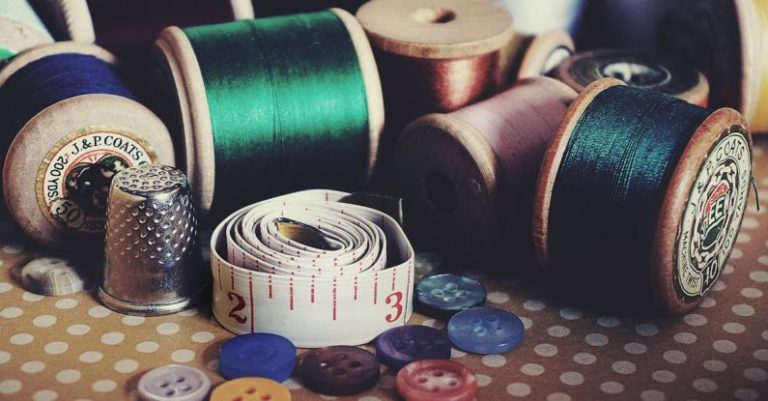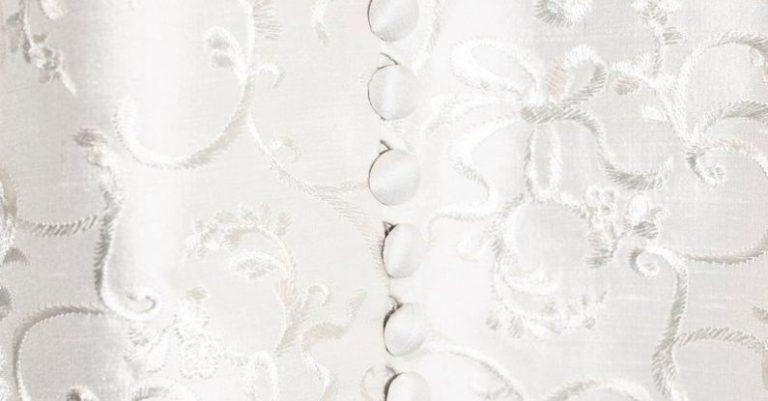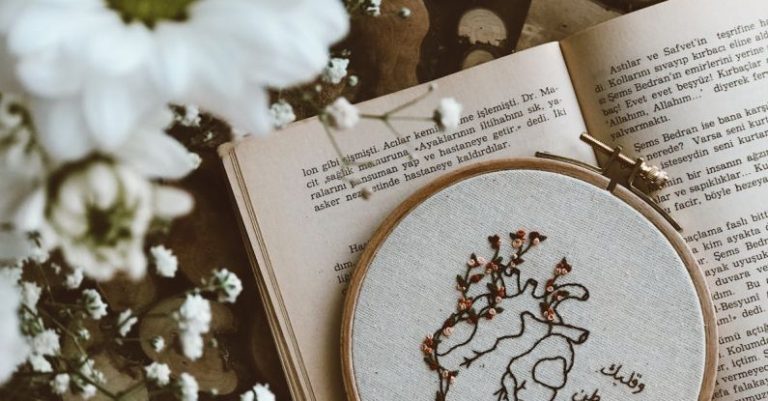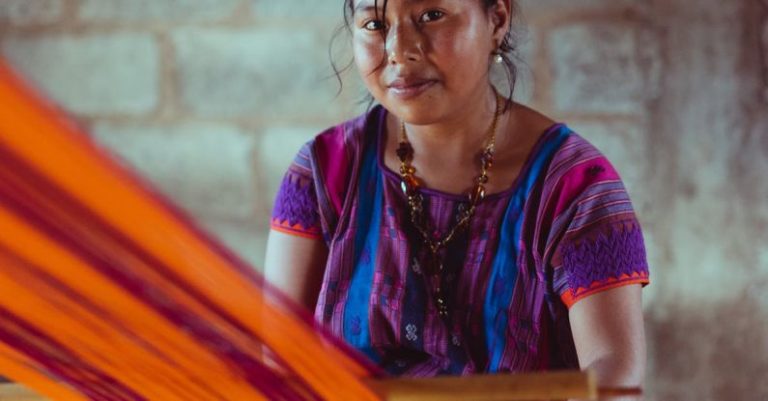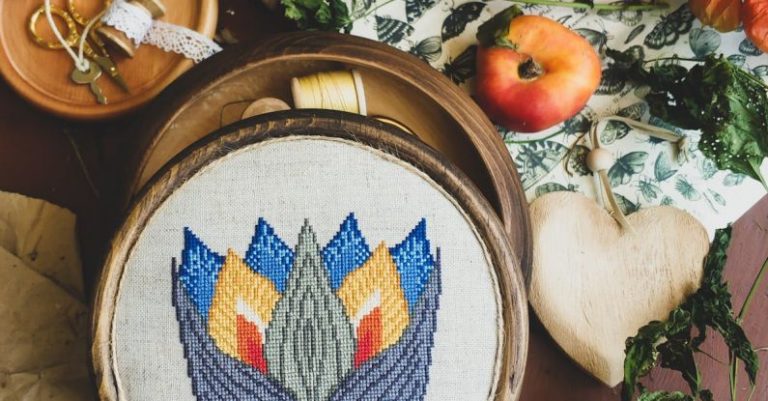
Embroidery enthusiasts are always on the lookout for ways to enhance their craft and achieve professional-looking results. One essential tool that can significantly improve the quality of embroidery projects is a water-soluble stabilizer. This versatile material serves as a temporary foundation for embroidery designs, providing support and stability to ensure clean and precise stitching. In this article, we will explore the various ways in which a water-soluble stabilizer can be used in embroidery to elevate your creations to the next level.
Understanding the Water-soluble Stabilizer
Before delving into the practical applications of a water-soluble stabilizer in embroidery, it is essential to understand what this material is and how it works. A water-soluble stabilizer is a type of embroidery backing that dissolves in water, leaving behind only the embroidered design. It is typically transparent and comes in various forms, such as sheets, rolls, or pre-cut shapes. This unique characteristic makes it ideal for projects where the stabilizer needs to be completely removed, such as lacework, freestanding embroidery, or designs on delicate fabrics.
Using Water-soluble Stabilizer for Free-motion Embroidery
One popular way to use a water-soluble stabilizer in embroidery is for free-motion stitching. This technique allows you to create intricate designs and textures by moving the fabric freely under the needle of the sewing machine. To prepare your fabric for free-motion embroidery, place a piece of water-soluble stabilizer underneath the fabric. This stabilizer will prevent the fabric from puckering or stretching during stitching, ensuring that your design turns out crisp and professional. Once you have finished embroidering, simply soak the project in water to dissolve the stabilizer and reveal your beautiful creation.
Creating 3D Embroidery Designs
Water-soluble stabilizers are also excellent for creating three-dimensional embroidery designs. By layering multiple pieces of stabilizer and embroidering on top of them, you can build up textures and shapes that stand out from the fabric. This technique is particularly useful for crafting raised or sculptural elements in your embroidery, such as flowers, leaves, or intricate patterns. After completing the embroidery, soak the project in water to dissolve the stabilizer layers, leaving behind a striking and dimensional design.
Applique with Water-soluble Stabilizer
Another innovative way to use a water-soluble stabilizer in embroidery is for applique projects. Applique involves layering fabric pieces onto a base fabric to create a design, which is then stitched in place. To ensure that the applique pieces stay securely in position during stitching, place a water-soluble stabilizer underneath the base fabric. This stabilizer will hold the applique pieces in place without the need for pins or adhesives, allowing you to stitch with precision and ease. Once the applique is complete, soak the project in water to dissolve the stabilizer and reveal a seamless and professional-looking finish.
Experimenting with Soluble Fabrics
In addition to using water-soluble stabilizers, you can also explore the world of soluble fabrics in embroidery. Soluble fabrics are similar to stabilizers but are made entirely of water-soluble material, making them perfect for creating intricate lacework or delicate designs. By embroidering directly onto soluble fabrics or layering them with other materials, you can achieve unique and ethereal effects in your projects. After stitching, simply dissolve the fabric in water to reveal your exquisite embroidery design.
Elevating Your Embroidery with Water-soluble Stabilizers
Water-soluble stabilizers are a versatile and indispensable tool for embroiderers looking to elevate their craft and achieve professional results. By understanding how to use these stabilizers in various embroidery techniques, such as free-motion stitching, 3D designs, and applique projects, you can unlock a world of creative possibilities. Experimenting with soluble fabrics and layering techniques will further enhance the texture and intricacy of your embroidery designs. So, next time you embark on an embroidery project, consider incorporating a water-soluble stabilizer to take your creations to the next level.
